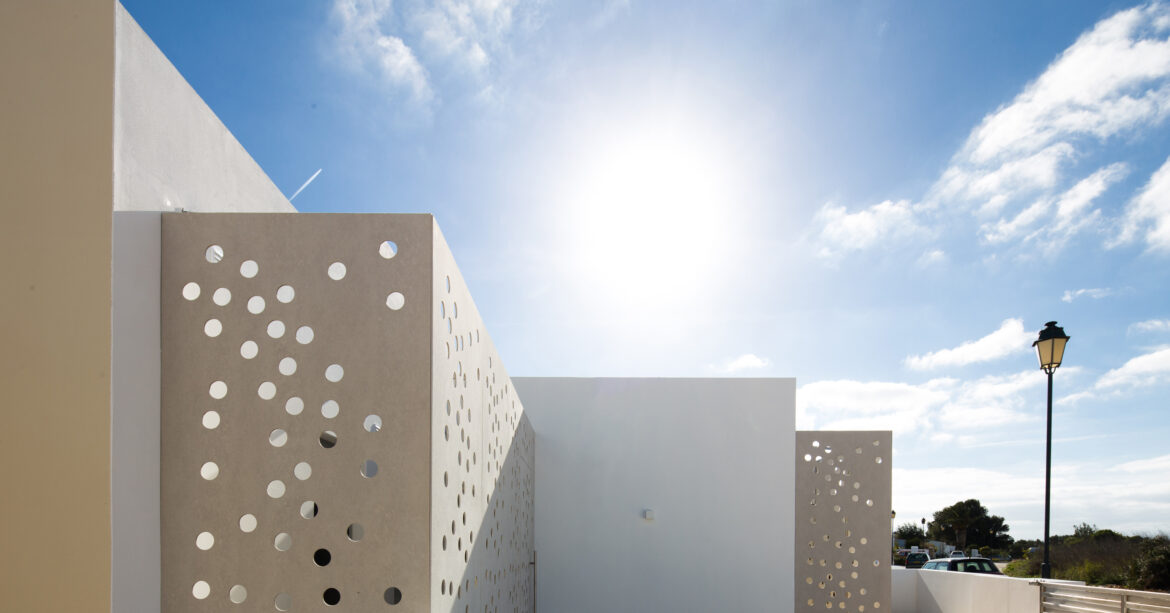In the realm of architecture, the integration of sensory experiences has gained prominence as a transformative design approach. Sensory architecture goes beyond visual aesthetics, inviting occupants to engage with their surroundings through their senses.
From the visual elements that meet the eye to the textures that can be felt and the scents that linger in the air, sensory architecture creates a holistic and immersive environment that resonates with human emotions and wellbeing.

Seeing the Space
Traditionally, architecture has predominantly focused on visual aesthetics. However, sensory architecture broadens this perspective, aiming to create spaces that resonate with occupants emotionally.
The interplay of light and shadow, the arrangement of colors, and the manipulation of visual focal points all contribute to a visual narrative that guides occupants through a designed space. Sensory architecture encourages architects to strategically utilize natural and artificial light, encouraging occupants to experience spaces in different ways as the light changes throughout the day.
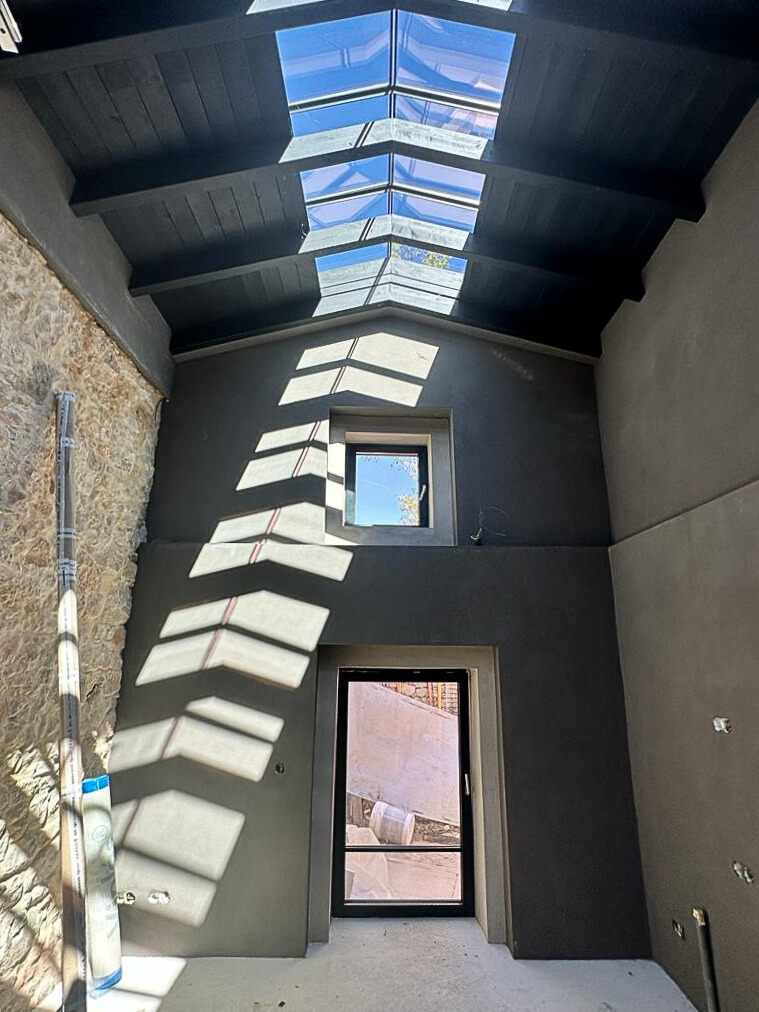
Feeling the Texture
Texture adds a tactile dimension to architectural design. Sensory architecture often incorporates a diverse range of materials, each chosen for its texture and tactile qualities.
From rough stone walls to smooth polished surfaces, the textures of architectural elements offer a tactile engagement that encourages touch. These textures not only invite physical interaction but also create a multisensory environment that complements the visual aspects of a space.
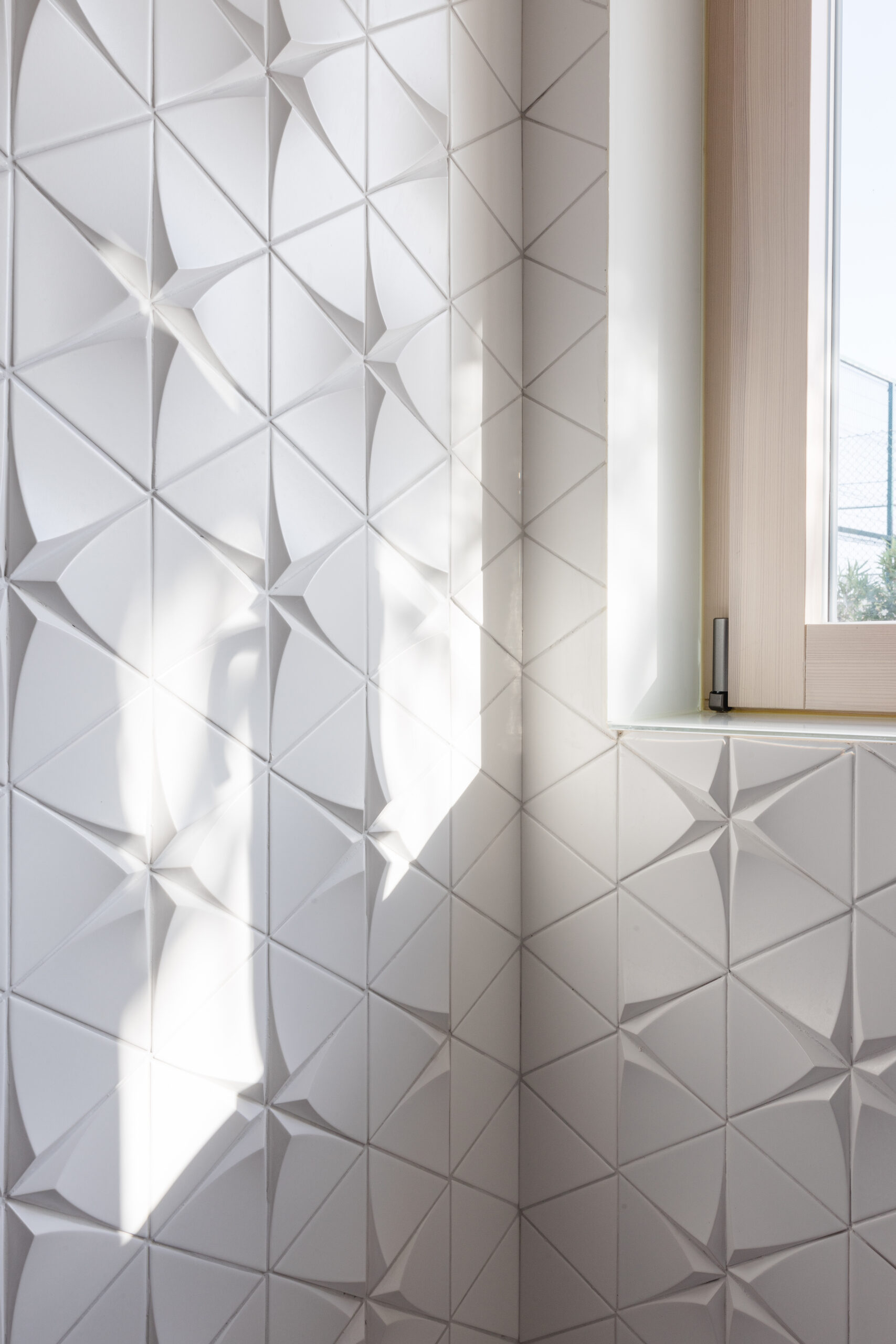
Incorporating scent
The sense of smell is closely linked to memory and emotion. Sensory architecture capitalizes on this connection by integrating scents into the built environment.
Whether it’s the aroma of freshly brewed coffee in a café, the soothing scent of natural wood in a spa, or the invigorating fragrance of a garden, scents can evoke a range of feelings and experiences. Scented elements in architectural spaces can be achieved through the use of natural materials, plants, or even subtle diffusion systems, elevating the sensory journey of occupants.
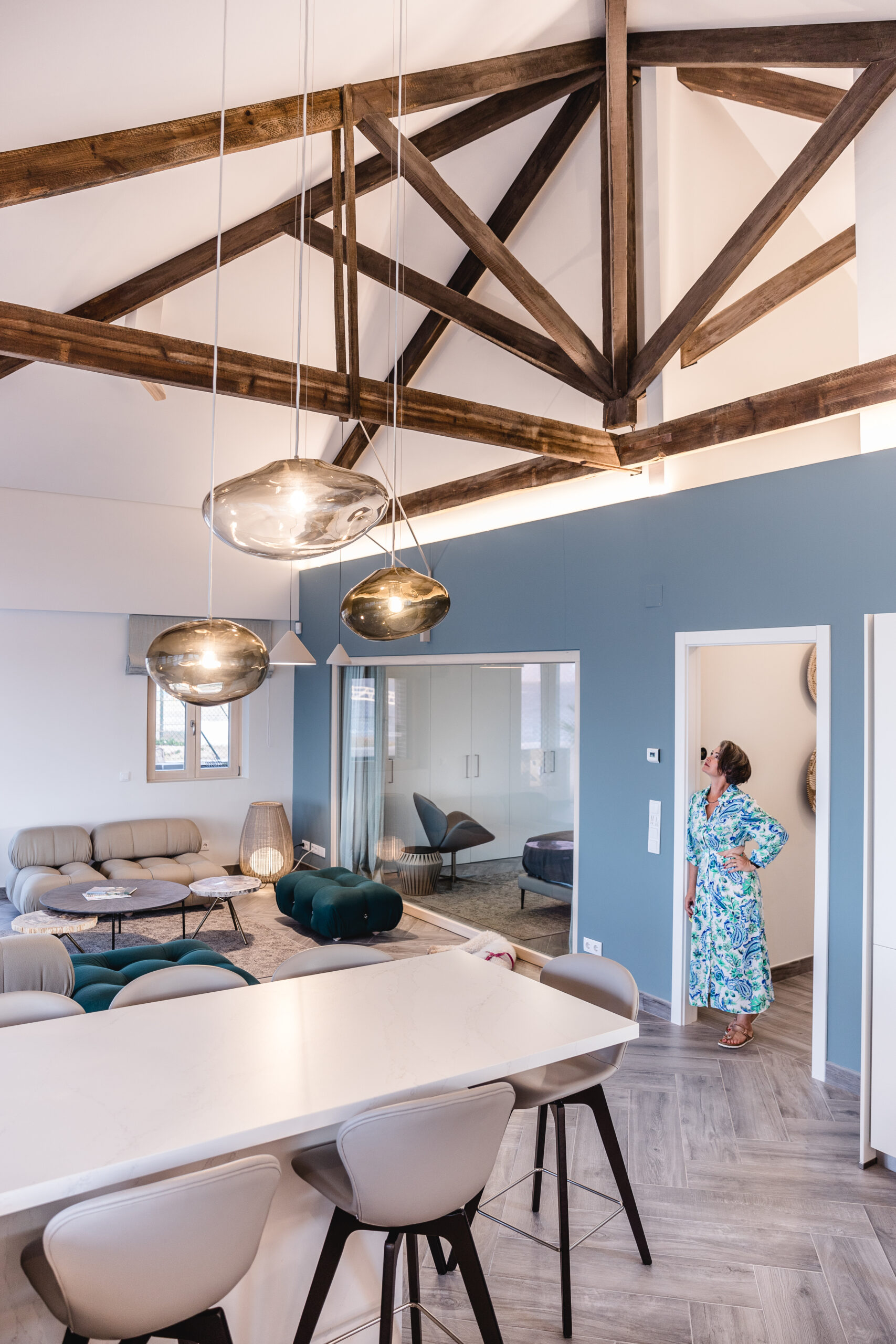
Psychological Impact
Sensory architecture’s emphasis on engaging multiple senses has a profound psychological impact on occupants. A well-designed sensory space can alleviate stress, promote relaxation, and enhance cognitive functioning.
The intentional use of sensory elements contributes to a sense of place and identity, making the occupants feel connected to their environment on a deeper level.
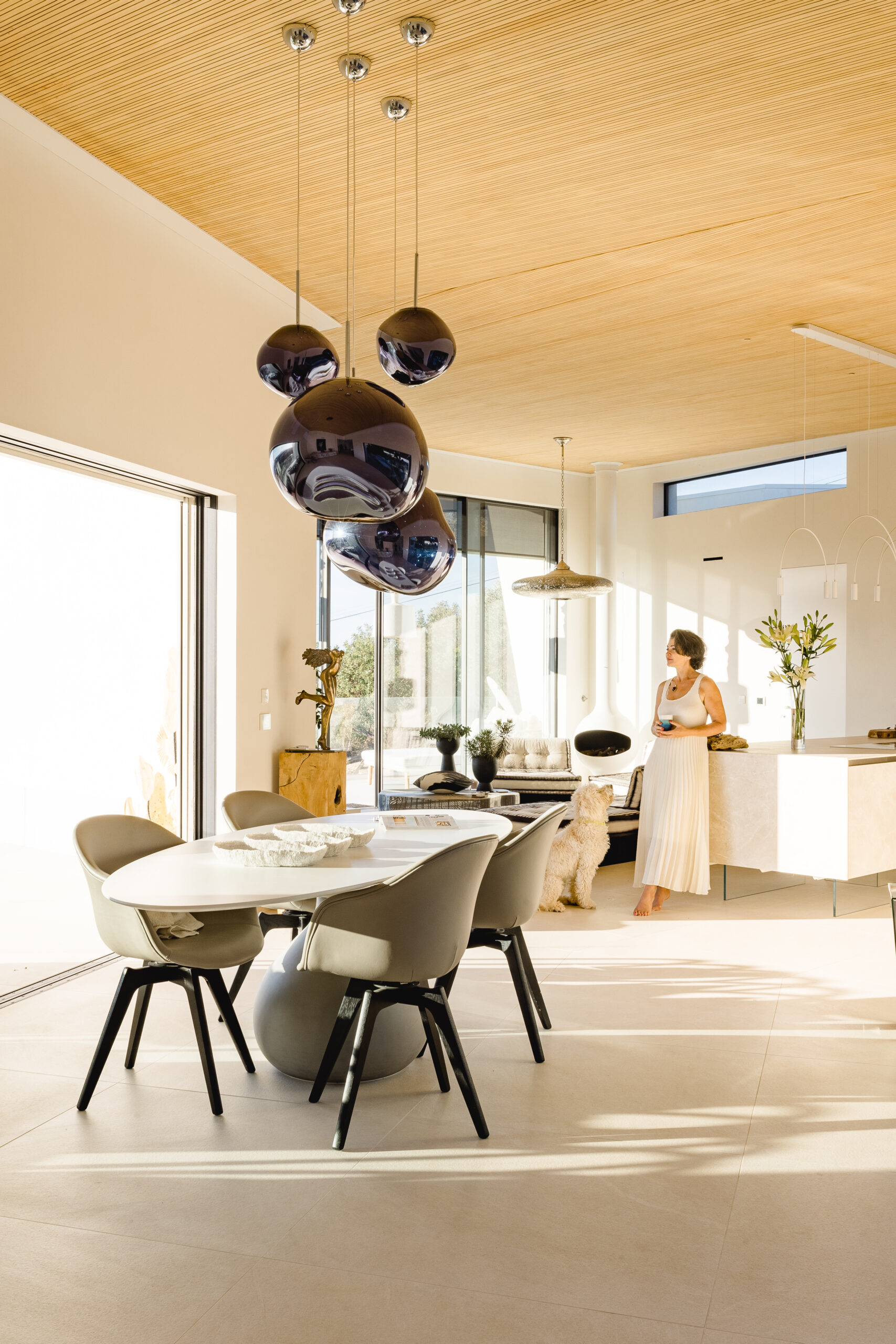
Sensory architecture, as practiced by our atelier, empowers architects to transcend the boundaries of traditional design. It inspires us not only to create visually captivating spaces but also to craft environments that engage and delight all the senses. Through this holistic approach, we enhance the quality of life and elevate the human experience within built spaces.
In every project we undertake, we bring the essence of sensory architecture to life, enriching the lives of our clients by enveloping them in spaces that are not just visually striking but deeply immersive, comfortable, and life-enhancing. Our dedication to sustainable and Feng Shui design sets us apart in the world of architecture, making each of our creations a testament to the power of innovative thinking and a tangible embodiment of the sensory architectural experience.


